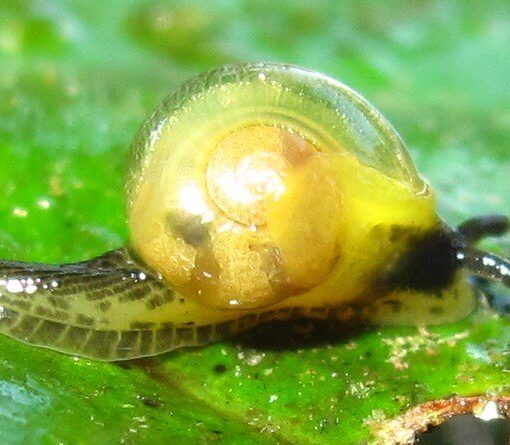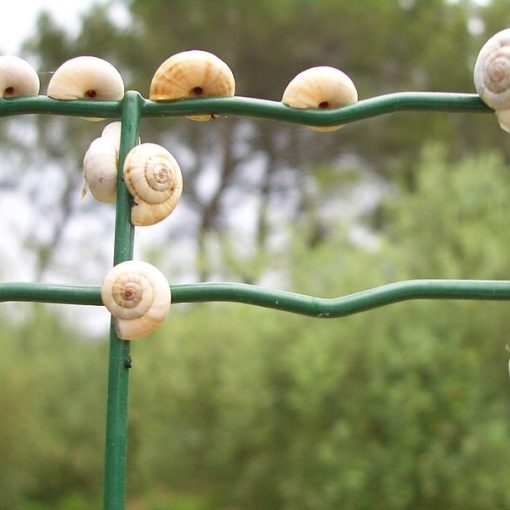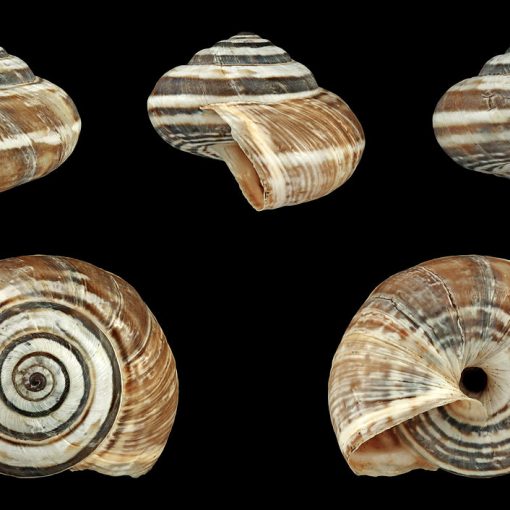
The majority of Costa Ricans that live in the Central Valley have likely fed a Rock Pigeon (Columba livia) at least once in their lifetime. This is no surprise, nor unique to the area, as many other countries have a similar situation with pigeons populating the cities and parks. The common Rock Pigeon especially has flourished in most countries around the world and successfully adapted to urban and semi-urban environments with ease. However, feeding wildlife always has some negative implications…. especially when it is an exotic invader.
Rock Pigeons are considered to create economic and health issues in the cities. Why? When people feed these birds with a free source of high energy food, not only are they allowing the population to grow drastically but they are also creating an endless source of uncontrollable «poopers». Have you ever seen someone feeding the pigeons in a park and then cleaning up the bird’s poop afterwards? Of course not. But someone has to clean it otherwise the park would not be a healthy place or nice to be in. But someone has to clean it otherwise the park would not be a healthy or inviting place to be in. Throughout the year, municipalities have to take on the expensive task of cleaning the buildings, sidewalks and streets where these birds defecate – and sometimes they also have to take on the polemic task of trying to control their populations.
What is the first thing you need to know when you are trying to control pigeons? Numbers! If you have 10 pigeons in a park, it is a very different situation than if you have 1000. Health threats will be different, public opinion will be different and the cost of dealing with them will be different. For these reasons, many studies have tried to estimate pigeon populations around the world’s urban areas. Most recently in Costa Rica, two researchers from the Laboratory of Urban Ecology at Universidad Estatal a Distancia, not only took on this task but also tested an innovative research method.
The researchers were interested in finding the most cheap, precise, secure, fast and easy way for estimating the population size of Rock Pigeons in nine parks of San José city. To do this, they compared the following three methods:
- Stratified grids: where the park is divided into a grid and the observer has to count the number of pigeons inside a 5m radius for five minutes.
- Point-counts: where the observer has to stand in the centre of the park and make a 360 degree turn while counting individuals with a handheld counter within a radius of approximately 50m
- Panorama: where the observer takes panoramic photographs by standing at the centre of the park while making a 360 degree turn and then later counts the birds on the computer screen.
After 1350 pigeon counts and taking into account every minute spent on using each method, the researchers concluded that Panorama is the best method. Cheap, fast and easy, it can even be used to estimate the actual population size of the Rock Pigeon.
Read the full scientific article here ≫
Photos: Carolina Seas





